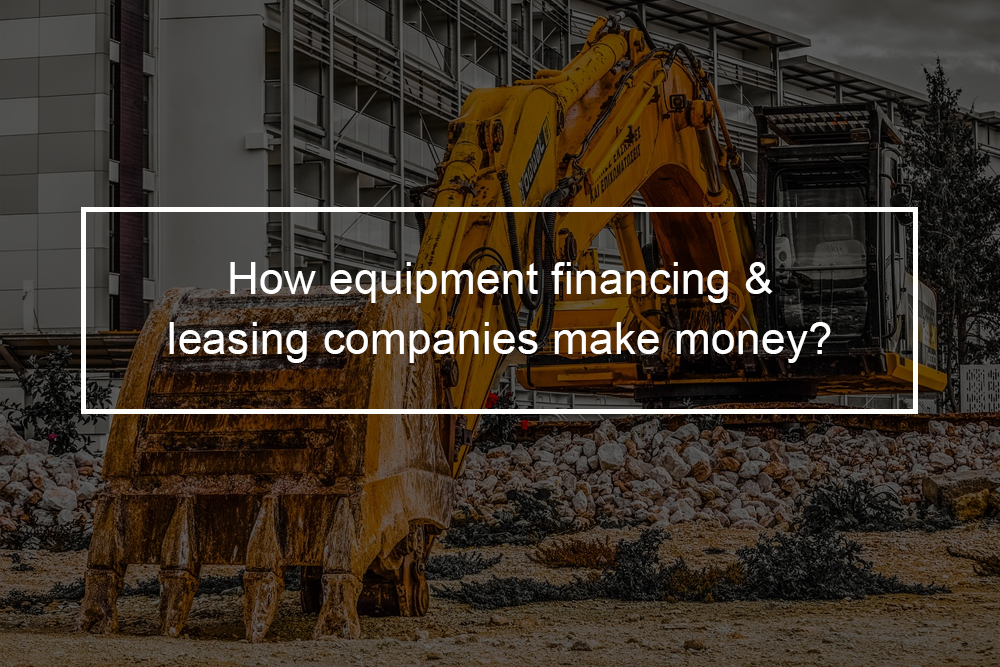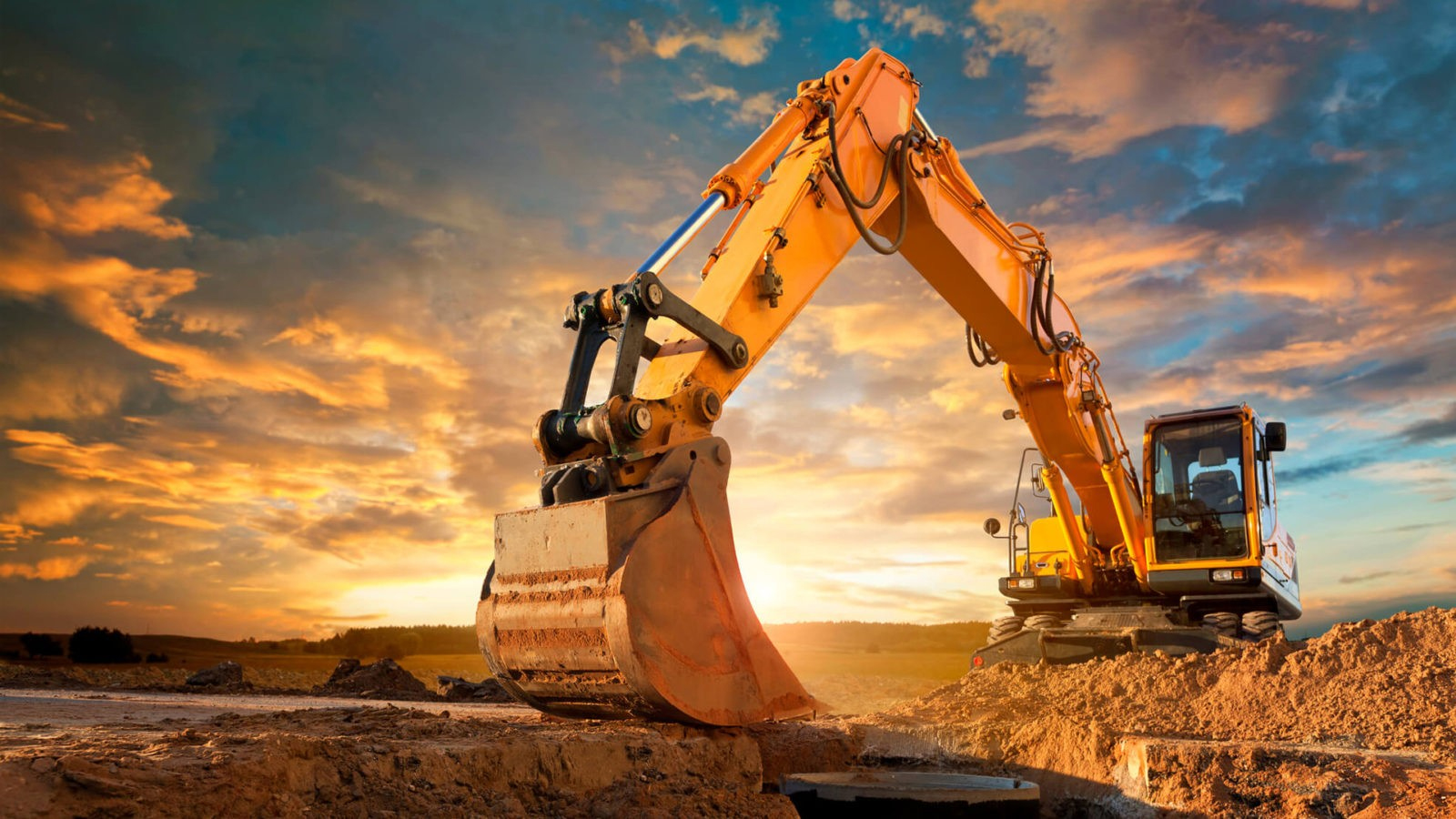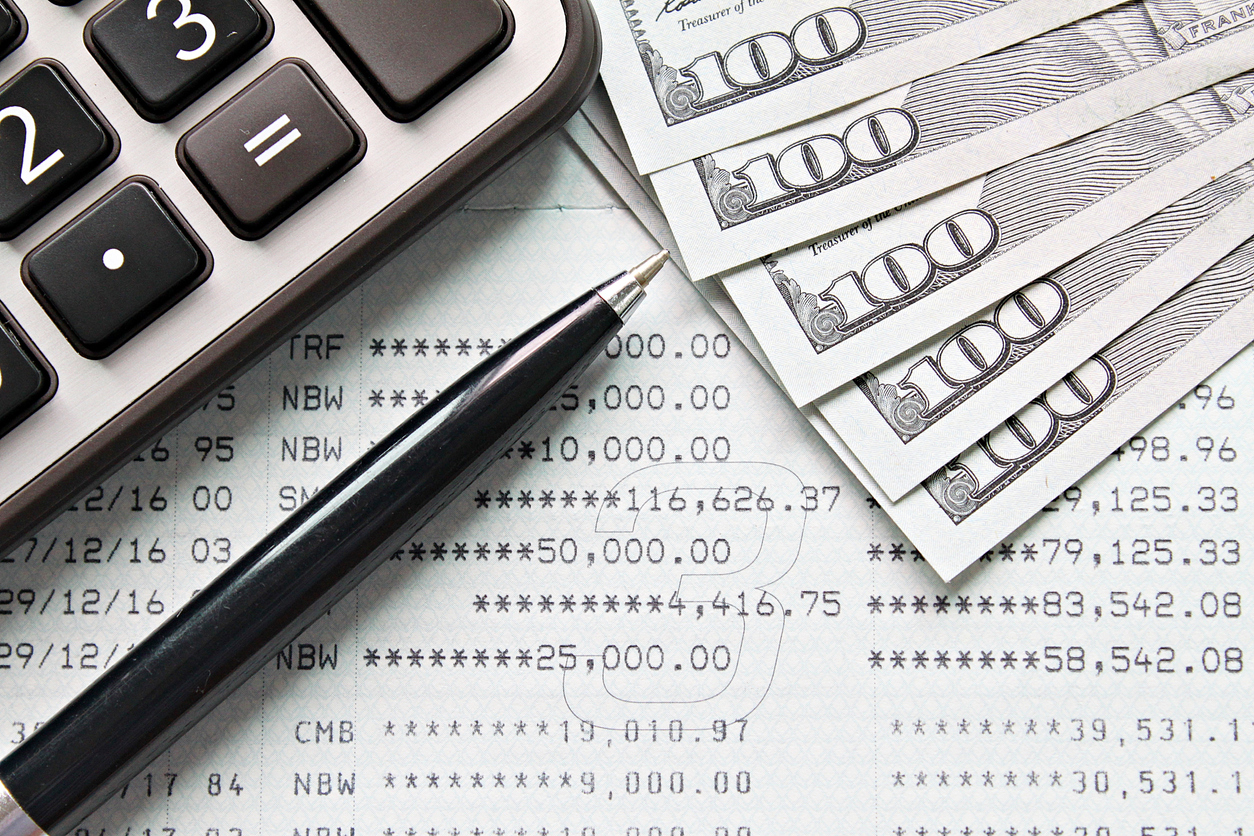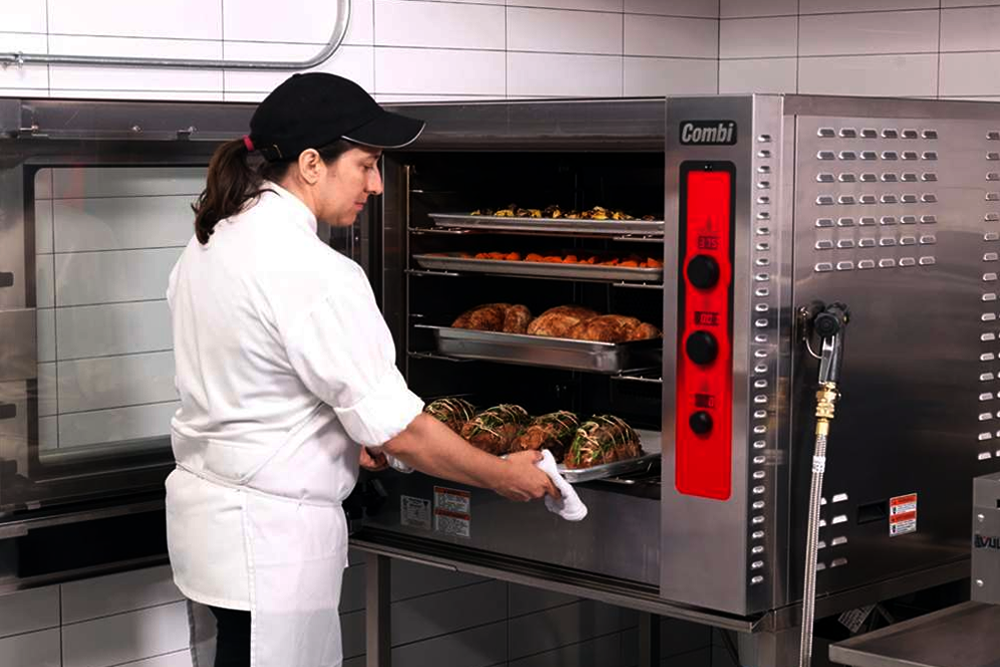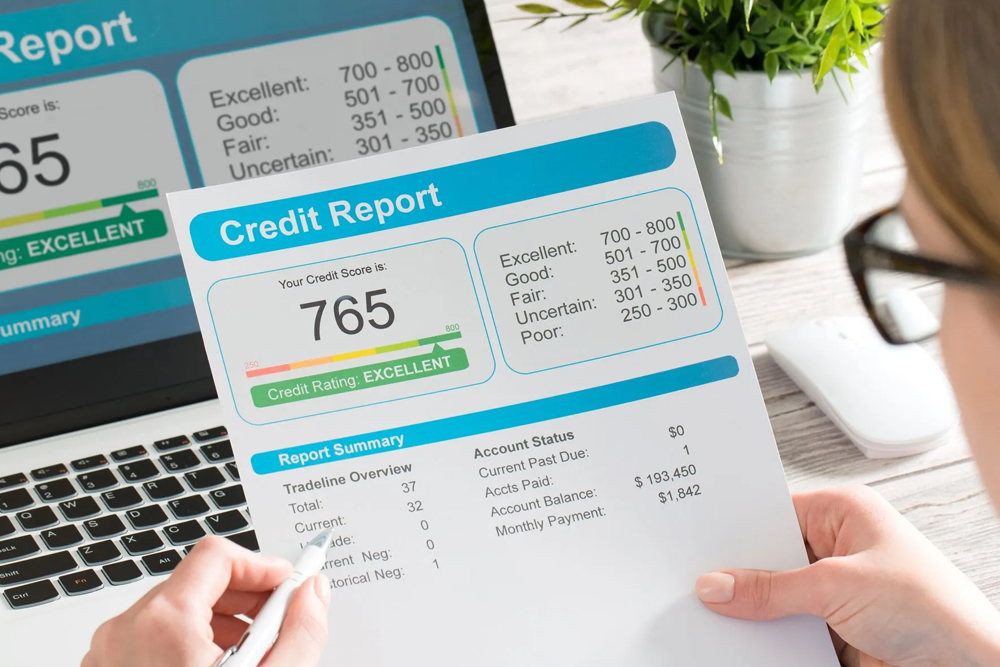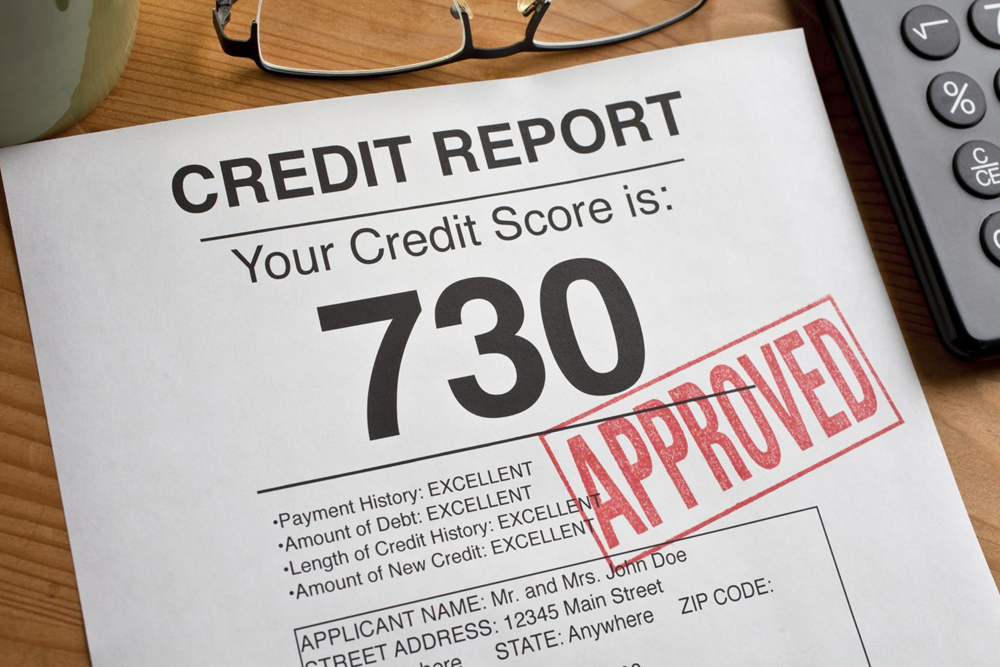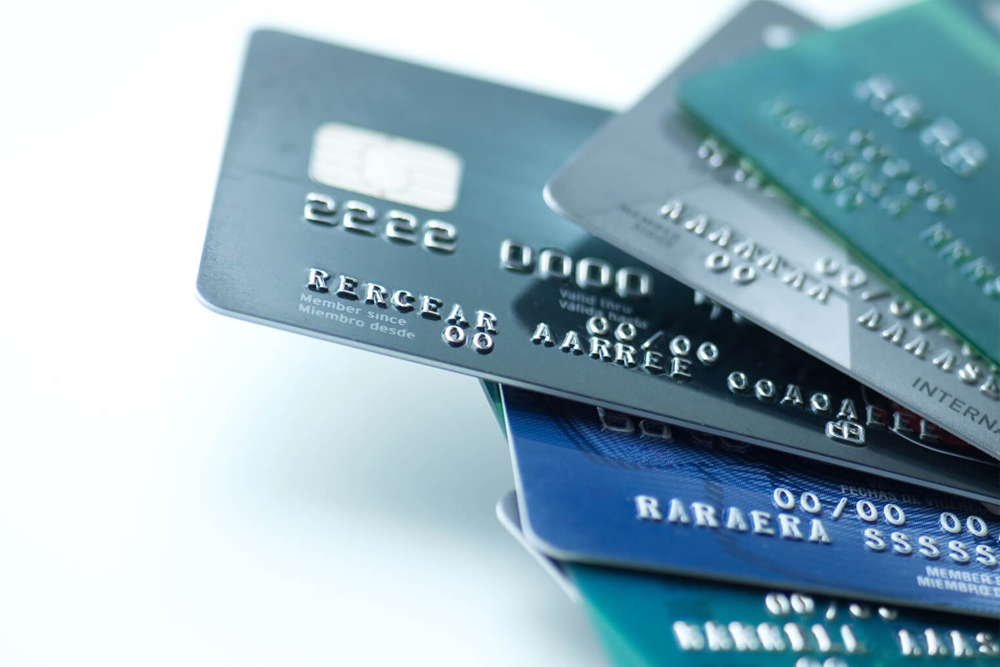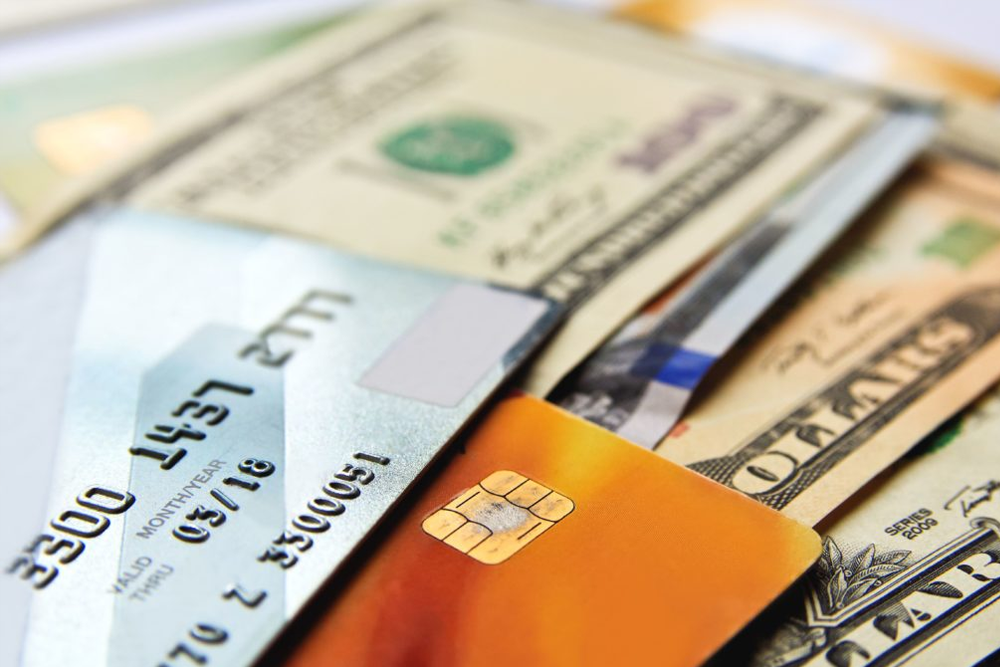Banks and equipment financing companies are in business to make money. They lend money to borrowers like you at a higher interest rate in the form of equipment loans. It might sound like equipment loan lenders are the bad guy, but they actually serve a purpose in the economy. Nonetheless, because lenders are interested in maximizing their profits, lending also comes with costs and cautions.
How much money do equipment financing companies make?
It is tricky to pinpoint the exact amount of equipment financing companies make since the interest rate these companies charge their borrowers depend on both the number of people who want to borrow and the amount of money the equipment financing company has available to lend. These factors vary from one company to another.
The amount available to lend is also based upon the reserve requirement the Federal Reserve Board has set. At the same time, it may also be impacted by the funds’ rate, which is the interest rate that banks and financing equipment companies charge each other for short-term loans to meet their reserve requirements. Of course, equipment financing companies also have other ways of making profits, such as tax benefits, filing fees, and prepayment penalties.
How do equipment financing and leasing companies make money?
In such a highly competitive field, it is very natural to wonder how equipment financing and leasing companies are able to stay in the financing business. As mentioned earlier, the only way an equipment financing & leasing company can make money is to take advantage of every money-generating opportunity available. The most obvious means of generating money include equipment sales, interest charges, and tax benefits. To a naïve lessor, the less obvious methods of generating money include interim rent, upgrade financing, prepayment penalties, equipment re-delivery charges, repair costs, filing fees, maintenance fees, and re-marketing fees, just to name a few.
How do equipment financing & leasing companies make a profit through interest charges?
Financing profit, also called financing spread, is one of the most obvious methods that financing and leasing companies generate money. The higher the financing profit, the greater the interest rate charged. If an equipment leasing company borrows money at an interest rate of 12-percent per annum and charges an equipment lease interest rate of 15 percent, then their financial spread will be 3-percent per annum. The equipment financing & leasing industry is a multi-billion dollar market and very competitive. So many financing and leasing companies usually price their lease and financing rates with little or no finance profit. This drives them to look for other means of making money, which brings us to the next point.
How do equipment financing and leasing companies make a profit through tax benefits?
In multimillion-dollar equipment leases, tax benefits accessible to leasing companies play a vital role in computing expected profits. Calculating transaction tax benefits is very hard, but the good news is technology has enabled the invention of an analysis application that makes it much simpler. As the equipment owner, once the leasing company leases equipment, they have the right to hold equipment ownership tax benefits. Besides, there are other tax benefits like interest charges on long-term loans if there are leveraged lease transactions. On the other hand, the lessee will be entitled to subtract rent payments as a business expense. However, they cannot claim tax benefits on equipment ownership. Generally, when a leasing company lowers its rent, it can still realize a gain by taking into account equipment related tax benefits.
How do equipment financing and leasing companies make a profit through residual earnings?
When setting the lease rents, a financing and leasing company’s main purpose would be to have sufficient lease term rents, return equity investment, payback any equipment loans, and generate profit with any sale made at the end of the lease. This is often possible in small-ticket transactions. As long as the transaction is a multi-dollar one, this would be impossible due to the highly competitive industry.
Other ways that equipment financing and leasing companies make money
Through prepayment penalties
Most lessees opt to sign a lease agreement that provides them the right to terminate their contract early because of a number of reasons like not needing the machinery anymore or the equipment becoming obsolete. The financing and leasing company will charge the lessee an equal amount to a predetermined termination value in such a situation. As long as the lease termination value is properly structured, it could be the perfect way to make a profit.
Upgrade Financing
Equipment financing and leasing companies can make a profit when a lessee requests for an upgrade to the equipment they presently have or request for the lease agreement to be modified. If the upgrade is not readily available or does not have stand-alone value, the equipment financing and leasing company will pay for the upgrade. In such a scenario, the lessee has two choices: to either purchase the equipment with their own money or accept the terms of leasing the equipment.
Excess use charges
When machinery is returned in good condition, the end of lease sale profits will be much greater. One way that equipment financing and leasing companies can make sure that their equipment remains in good condition is to put harsh guidelines on how to utilize the equipment. If the guidelines are not followed, the firm can exert penalty charges, which can be paid at the end of the lease term. The penalty charges are intended to make up for the reduced end of lease sales. Excess use fees can provide a great way to make profits.
Retained Deposits
Leases and equipment financing often require deposits and other upfront charges (restocking fees and commitment fees), and lease agreements generally include language that makes these deposits and other fees non-refundable under predictable circumstances. The lessee should attempt to assure reasonable deposit refunds; however, if a lessee rarely gets the deposits back, this expense should be incorporated in the all-in cost of leasing. As you can see, equipment financing and leasing companies can make money in several ways. This, of course, is based on the amount of money involved in the transaction and the type of transaction.
How much does it cost to lease or finance equipment?
The cost of financing or leasing equipment depends on various factors:
- The price of the equipment
- The company you choose to finance the equipment with
- The age of the equipment you are buying or leasing
- Your credit profile
- How long you have been in business
The price of the equipment
Typically the rates you pay in terms of finance charges will be lesser as you purchase more costly equipment. If you are buying $10,000 worth of equipment, you can anticipate paying more per dollar of financing than if you purchase $100,000 worth of equipment. That is simply because the firm lending you the money is in business just like you, and needs to be able to generate profit by offering the financing. The difference is not huge – but there is a difference.
The company that is financing the equipment
First and foremost, if you are eligible for bank financing, take it. It is going to be cheaper than going through an equipment finance company. (Now, if you wonder how companies like ours exist, it is because banks are turning down 85-percent of loan applications. They also do not generally like to do transactions under $100,000, and they prefer to lend to businesses doing $5 million or more in annual sales.)
Secondly, if you are purchasing new or almost-new equipment from a dealer, you might qualify for zero percent for four years or similar promotion. That is also something you should take advantage of provided you can swing it. If you are not purchasing equipment with dealer incentives or bank financing, that is when you go to an equipment financing or leasing company. The costs are generally higher. The type of equipment also matters. Financing a commercial truck, for instance, has different parameters than other equipment – but programs vary wildly. Annual finance charges can range from four percent of the finance amount to as high as thirty percent (or more) based on your business situation. PS – Most equipment finance websites only mention the 4% rates – which very few of their customers qualify for.
The age of the equipment you are buying
If you are purchasing new equipment, or equipment less than ten years old, anticipate making lower payments than if you are buying something from the 1980s. This is because many finance companies will not touch a deal with equipment more than ten years old, and after twenty years, the number of financing sources drops off dramatically.
Your credit profile
Like any other financing transaction, your credit ranking will play a big part in how much you pay for financing.
How long your business has been operating
There is a magic number here that is standard across the industry- two years. If you have been in business for twenty-four months or more, you will get better rates than if you have been in business for eighteen months. The reason for this is simple: If a company is going to fail, it is much more likely to fail in the first twenty-four months than later. Moreover, if you have just started your company, you might be able to lease a much lower dollar amount than if your company has been around for more than two years.

